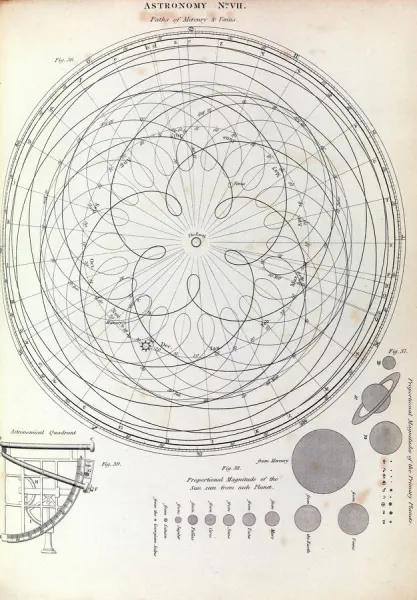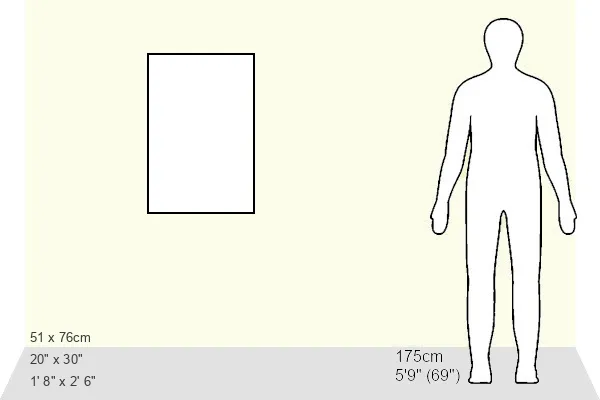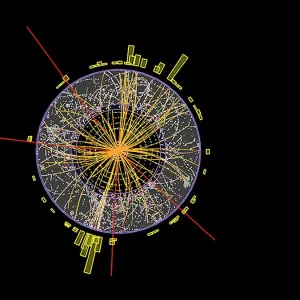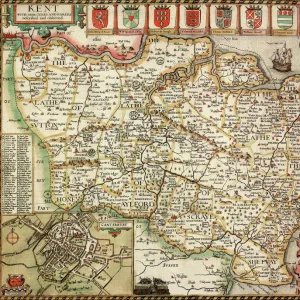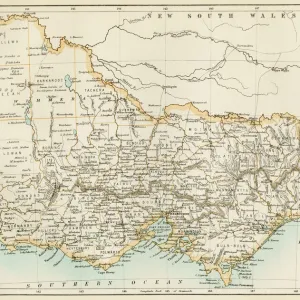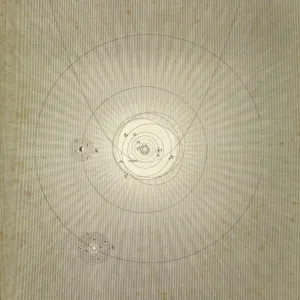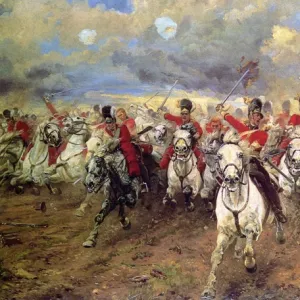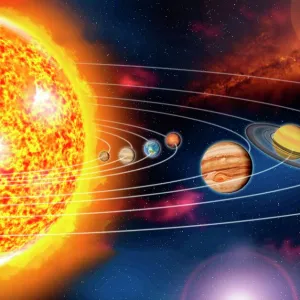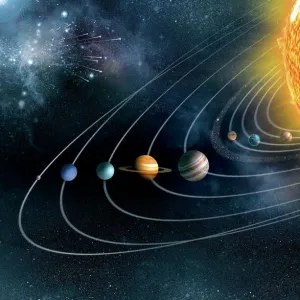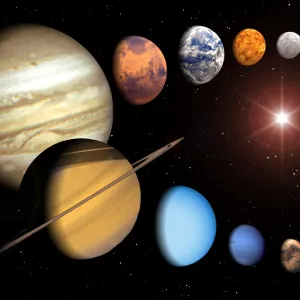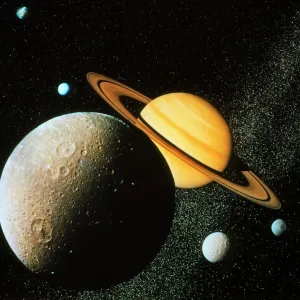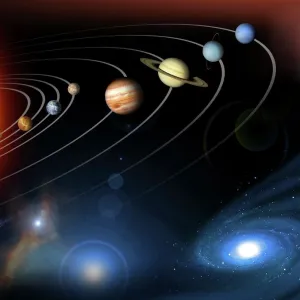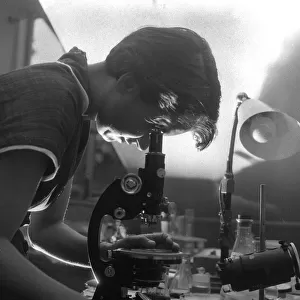Canvas Print > Science > Space Exploration > Planets > Ceres
Canvas Print : Epicycles of Mercury and Venus, 1823 C017 / 8061
![]()

Canvas Prints From Science Photo Library
Epicycles of Mercury and Venus, 1823 C017 / 8061
Epicycles of Mercury and Venus, 19th-century diagram. This geocentric (Earth-centred) model shows the orbits of Mercury and Venus as a series of epicycles (loops). Mercury and the Sun are at lower left. Venus is at upper right. The heliocentric system of Copernicus and Kepler replaced these epicycles with elliptical orbits around the Sun. At lower left is an astronomical quadrant. At lower right are the proportional magnitudes of 12 solar system bodies (see C017/8059) and of the Sun as seen from those bodies. The Georgium Sidus is Uranus. This page is from Universal Technological Dictionary (1823) by British author George Crabb (1778-1851)
Science Photo Library features Science and Medical images including photos and illustrations
Media ID 9210601
© MIDDLE TEMPLE LIBRARY/SCIENCE PHOTO LIBRARY
1823 Artworks Asteroid Book Ceres Device Diagram Diagrams George Crabb Heliocentric Illustrations Juno Jupiter Magnitude Mars Mercury Moon Orbit Orbital Orbits Page Planetary Science Publication Quadrant Saturn Solar System Universal Technological Dictionary Universe Uranus Venus Vesta Pallas
30"x20" (76x51cm) Canvas Print
Introducing the captivating "Epicycles of Mercury and Venus" Canvas Print from Media Storehouse, a mesmerizing piece of scientific history brought to life. This exquisite print is based on the 1823 diagram from the Middle Temple Library/Science Photo Library, showcasing the intricate geocentric model of the orbits of Mercury and Venus. With each loop representing an epicycle, this captivating print offers a glimpse into the intricate understanding of celestial mechanics during the 19th century. Add an element of intellectual sophistication to your home or office decor with this stunning, high-quality canvas print.
Delivered stretched and ready to hang our premium quality canvas prints are made from a polyester/cotton blend canvas and stretched over a 1.25" (32mm) kiln dried knot free wood stretcher bar. Packaged in a plastic bag and secured to a cardboard insert for safe transit.
Canvas Prints add colour, depth and texture to any space. Professionally Stretched Canvas over a hidden Wooden Box Frame and Ready to Hang
Estimated Product Size is 50.8cm x 76.2cm (20" x 30")
These are individually made so all sizes are approximate
Artwork printed orientated as per the preview above, with portrait (vertical) orientation to match the source image.
FEATURES IN THESE COLLECTIONS
> Arts
> Minimalist artwork
> Monochrome artwork
> Fine art
> Arts
> Minimalist artwork
> Monochrome artwork
> Monochrome paintings
> Posters
> Scientific Posters
> Science
> Space Exploration
> Planets
> Ceres
> Science
> Space Exploration
> Planets
> Earth
> Science
> Space Exploration
> Planets
> Jupiter
> Science
> Space Exploration
> Planets
> Mars
> Science
> Space Exploration
> Planets
> Mercury
> Science
> Space Exploration
> Planets
> Saturn
> Science
> Space Exploration
> Planets
> Uranus
EDITORS COMMENTS
This print showcases the intricate and fascinating Epicycles of Mercury and Venus, a diagram from the 19th century. In this geocentric model, we witness the orbits of Mercury and Venus depicted as a series of mesmerizing loops known as epicycles. Positioned at lower left is Mercury alongside the radiant Sun, while Venus gracefully resides at upper right. The diagram also features an astronomical quadrant on its lower left side, providing further insight into celestial observations. At lower right, we are presented with proportional magnitudes of various solar system bodies, including our beloved Sun when viewed from each respective body. Notably, this page originates from George Crabb's renowned Universal Technological Dictionary published in 1823. It is important to note that these epicycles were eventually replaced by Copernicus and Kepler's heliocentric system which introduced elliptical orbits around the Sun. As we delve into history through this artwork, it becomes evident how scientific understanding evolves over time. With its monochrome aesthetic and meticulous illustrations depicting planets such as Saturn, Jupiter, Mars, Uranus (known as Georgium Sidus), Ceres, Vesta, Pallas along with other celestial objects; this print serves as a testament to British author George Crabb's dedication to documenting astronomical knowledge in his era. Presented by MIDDLE TEMPLE LIBRARY/SCIENCE PHOTO LIBRARY - this remarkable piece invites us to explore the wonders of our universe while appreciating the rich history behind planetary science and orbital theories.
MADE IN THE USA
Safe Shipping with 30 Day Money Back Guarantee
FREE PERSONALISATION*
We are proud to offer a range of customisation features including Personalised Captions, Color Filters and Picture Zoom Tools
SECURE PAYMENTS
We happily accept a wide range of payment options so you can pay for the things you need in the way that is most convenient for you
* Options may vary by product and licensing agreement. Zoomed Pictures can be adjusted in the Basket.



